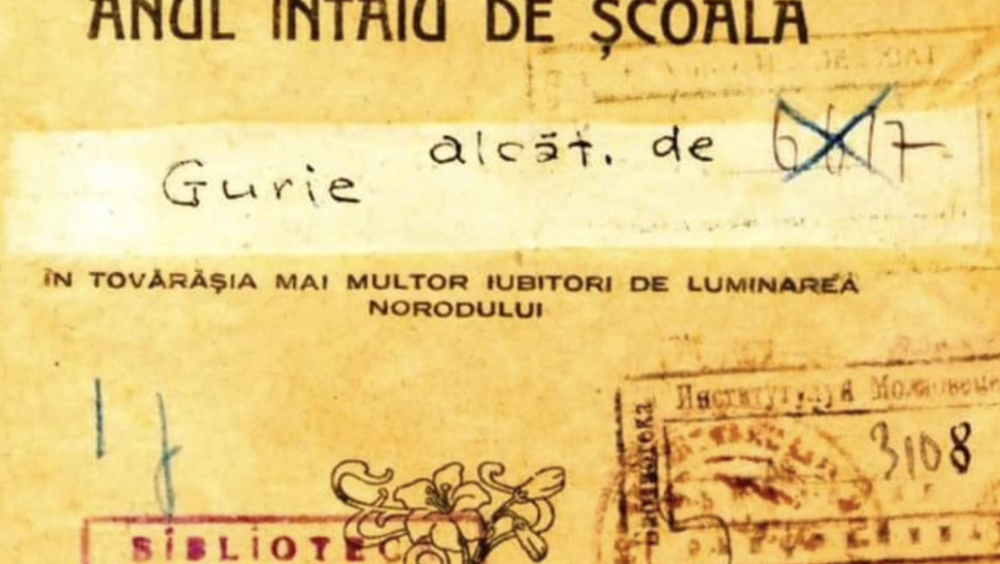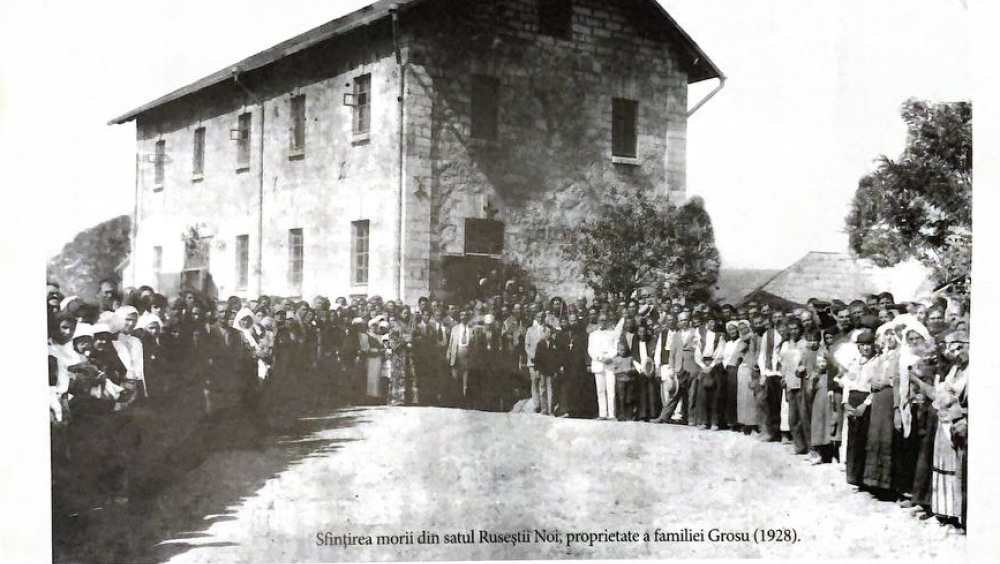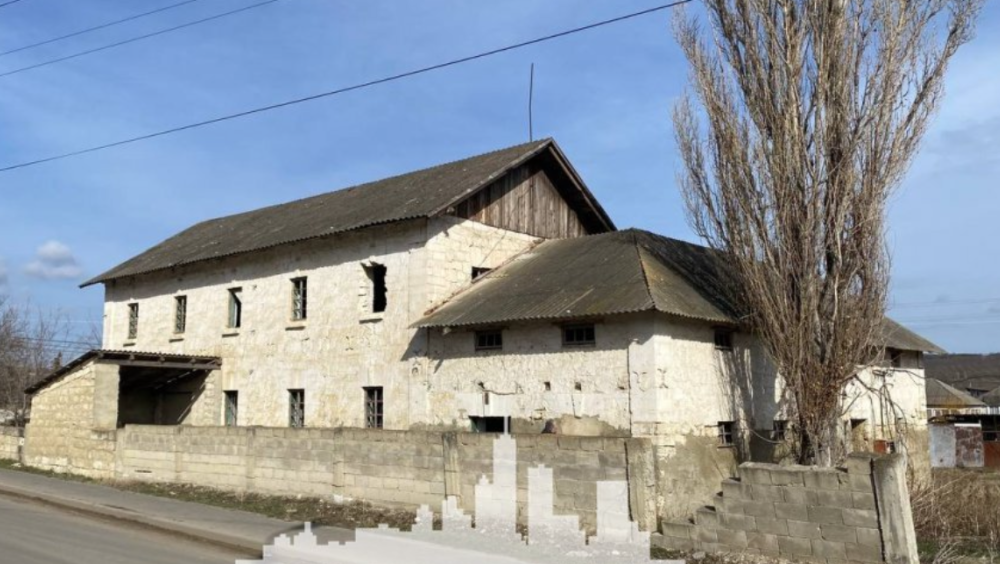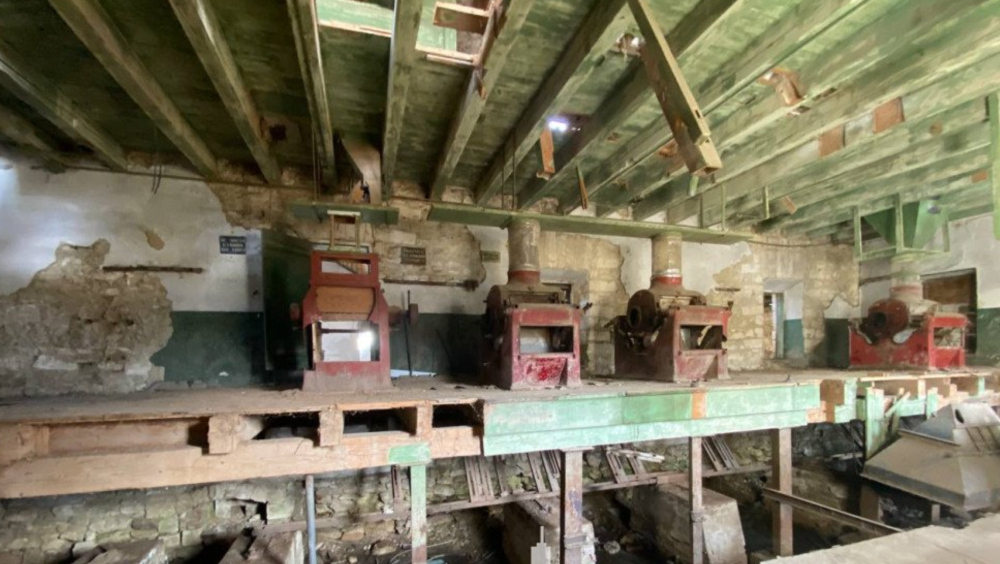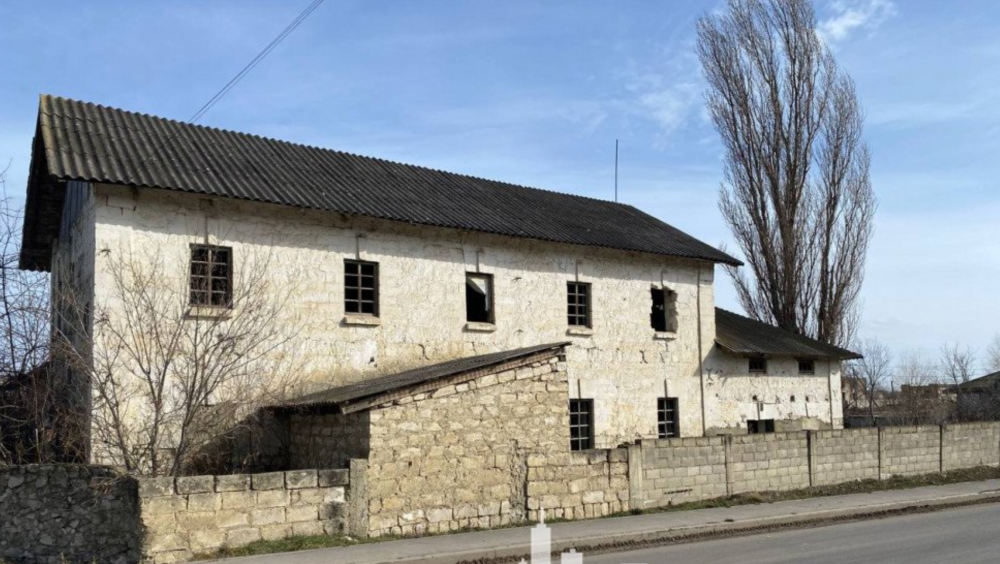Embracing Heritage: The Flour Mill Legacy and Educational Contributions of Bishop Gurie Grosu in Moldova
In the heart of Rusestii Noi, Moldova, stands a testament to resilience and heritage—the flour mill built by Bishop Gurie Grosu in 1928. Despite enduring decades of neglect and privatization, this historic landmark embodies the enduring spirit of Moldovan culture. Bishop Grosu's contributions extend beyond the construction of the mill; he pioneered the development of the first primer with Latin script in Basarabia in 1918, after 106 years of Russian occupation. This educational initiative, alongside his efforts to revitalize the Romanian language, holds European significance, highlighting the enduring importance of linguistic and cultural preservation. Our story chronicles the emotional journey of preserving this cultural icon, reflecting on its historical significance and the collective efforts to restore its legacy.
Introduction:
In the heart of Rusestii Noi, Moldova, stands a silent witness to the trials and triumphs of a community—a flour mill born from the generosity of Bishop Gurie Grosu. Its weathered walls whisper tales of bygone eras, echoing the steadfast spirit of a people determined to preserve their heritage amidst the tumult of history. This is a narrative that intertwines the threads of sorrow and resilience, revealing the profound emotional resonance of a cultural icon threatened by neglect and privatization.
Chronicle of Heritage:
Born into the soil of Moldova, Metropolitan Gurie Grosu emerged as a beacon of hope during a time of political upheaval. From his humble beginnings in Nimoreni, Ialoveni, he carried with him the dreams of a nation yearning for liberation. In Rusestii Noi, where his childhood reverberated with the laughter of friends and the warmth of familial bonds, he bestowed upon the village a gift—a flour mill, erected in 1928. This mill, with its towering presence and grinding wheels, became more than a mere structure; it embodied the hopes and aspirations of a community striving for prosperity.
Legacy of Love and Loss:
Yet, amidst the echoes of laughter and the hum of machinery, a shadow loomed—the specter of privatization. In the tumult of the 1990s, as Moldova grappled with the winds of change, the mill faced a fate no less harrowing than the struggles of its people. Privatized and neglected, it stood as a silent testament to the injustices of a bygone era. With each passing day, its timbers creaked with the weight of history, its once vibrant halls now shrouded in the cloak of desolation.
Educational Contributions:
Beyond the confines of the flour mill, Bishop Gurie Grosu's legacy extends to the realm of education, where his pioneering efforts left an indelible mark on Moldovan society. Amidst the stifling grip of Russian occupation, he spearheaded the development of the first primer with Latin script in Basarabia in 1918—an unprecedented feat after 106 years of cultural suppression. Undeterred by exile, vilification campaigns, and governmental obstacles, Bishop Grosu remained steadfast in his mission to revitalize the Romanian language, recognizing its pivotal role in national identity. Through his tireless advocacy, alongside other unsung heroes, the Romanian language persevered, and the Basarabean people demonstrated unparalleled resilience in safeguarding their linguistic heritage.
Cultural Continuity:
Within every family lies a hero—a grandmother who clandestinely safeguarded the Romanian Bible beneath a wooden plank, a grandfather who inscribed his notes with Latin letters. Let us not forget those who fought to transmit this treasure from generation to generation. Every line of poetry, every lullaby, every story told with love contributed to the vitality of our language. Through the preservation of our cultural heritage, we honor the sacrifices of those who came before us and ensure the continuity of our collective identity.
Conclusion:
As the sun sets over the storied landscape of Rusestii Noi, a new dawn emerges—one of remembrance, resilience, and renewal. The flour mill, once a symbol of neglect, now stands as a beacon of hope, bearing testament to the enduring legacy of Bishop Gurie Grosu and the unwavering spirit of the Moldovan people. As we continue to preserve and celebrate our heritage, let us draw inspiration from the sacrifices of the past and embrace the challenges of the future, united in our commitment to honor the legacy of those who came before us.
In light of recent events, such as the ongoing conflict in Ukraine, the importance of preserving cultural heritage takes on heightened significance. The aggressive tactics employed by certain actors, notably Russia, to discredit Ukrainian culture, history, and identity underscore the critical role that initiatives like ours play in safeguarding our shared heritage.
As we witness attempts to undermine the cultural fabric of Ukraine, it becomes increasingly evident that cultural heritage is not merely a matter of preserving monuments or artifacts—it is a means of preserving identity, resilience, and collective memory. By restoring the flour mill legacy of Bishop Gurie Grosu and celebrating Moldovan culture, we stand in solidarity with our Ukrainian neighbors and reaffirm the intrinsic value of cultural diversity and unity.
Our project serves as a powerful counterpoint to efforts aimed at erasing or distorting cultural narratives. Through our actions, we send a resounding message that cultural heritage is not negotiable—it is a testament to our shared humanity and a bulwark against attempts to divide and conquer.
In the face of adversity, preserving our heritage becomes an act of resistance—an assertion of our right to self-determination and the preservation of our collective identity. By reclaiming and revitalizing cultural landmarks like the flour mill in Rusestii Noi, we contribute to a broader movement to safeguard cultural heritage as a cornerstone of peace, reconciliation, and mutual understanding.
In this context, our project not only honors the legacy of Bishop Gurie Grosu and Moldovan culture but also stands as a beacon of hope and solidarity in the face of cultural aggression. As we confront the challenges of our time, let us remember that our cultural heritage is not only a reflection of who we are but also a testament to our resilience in the face of adversity.
